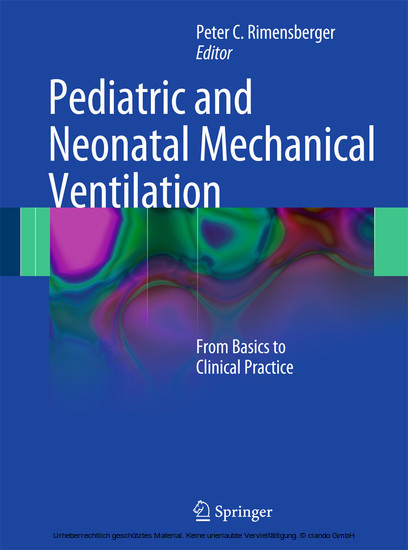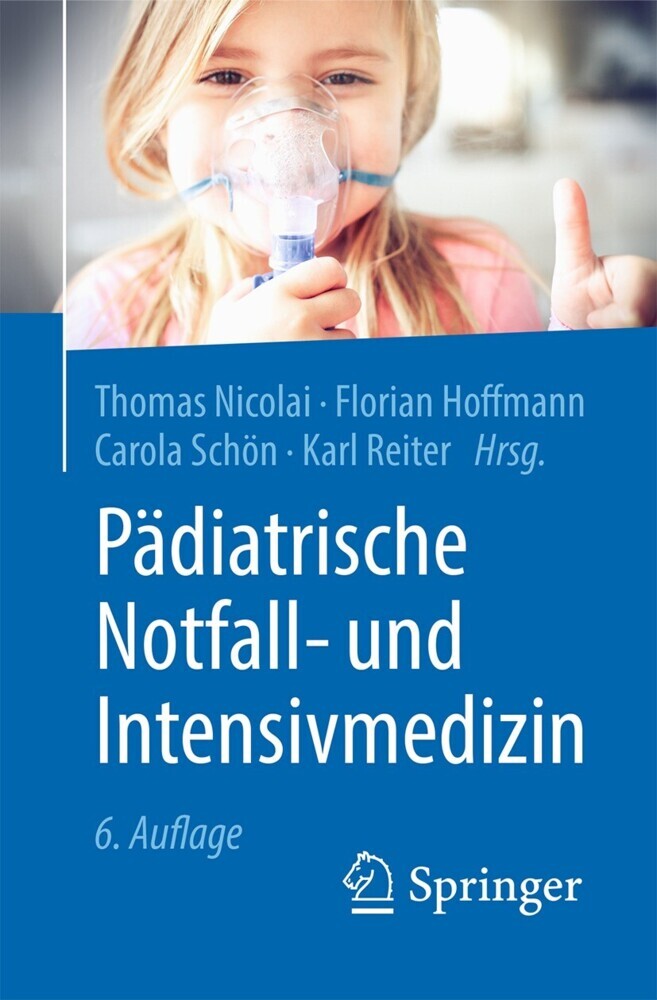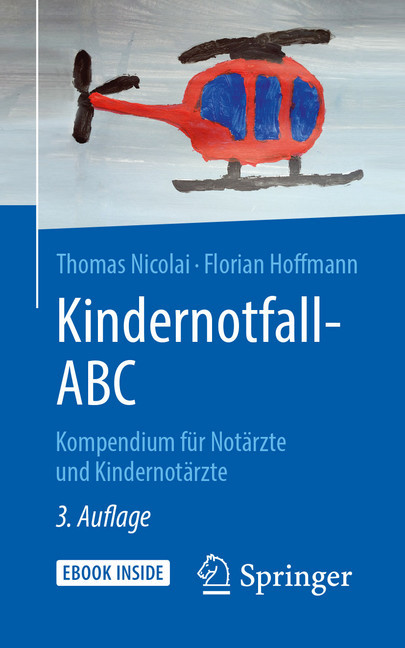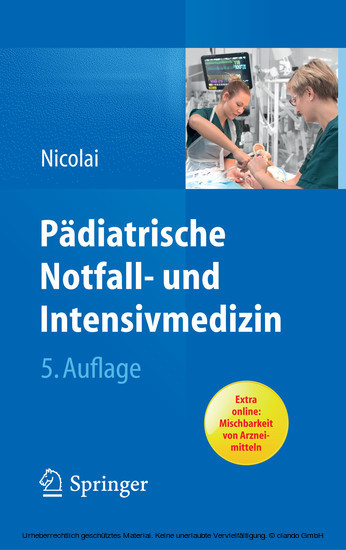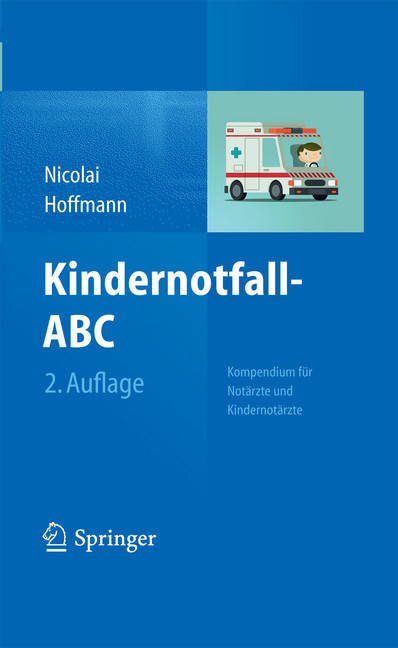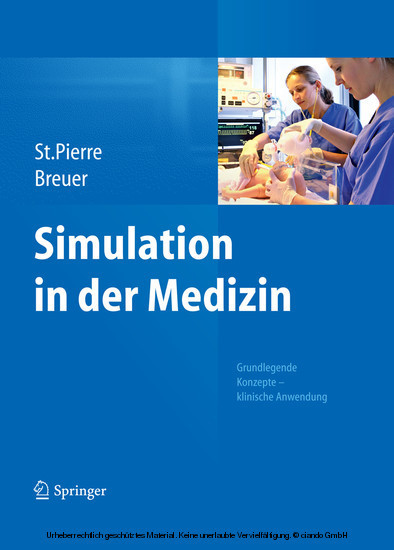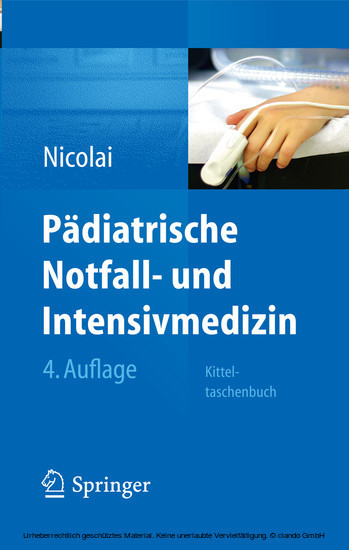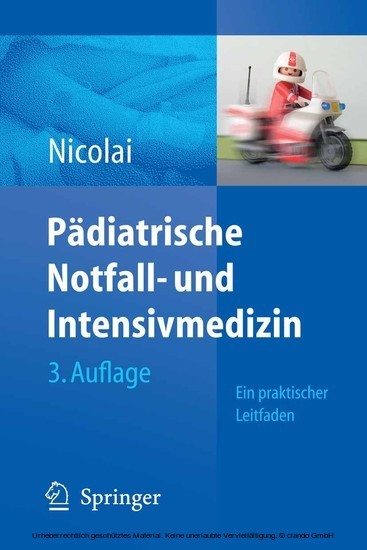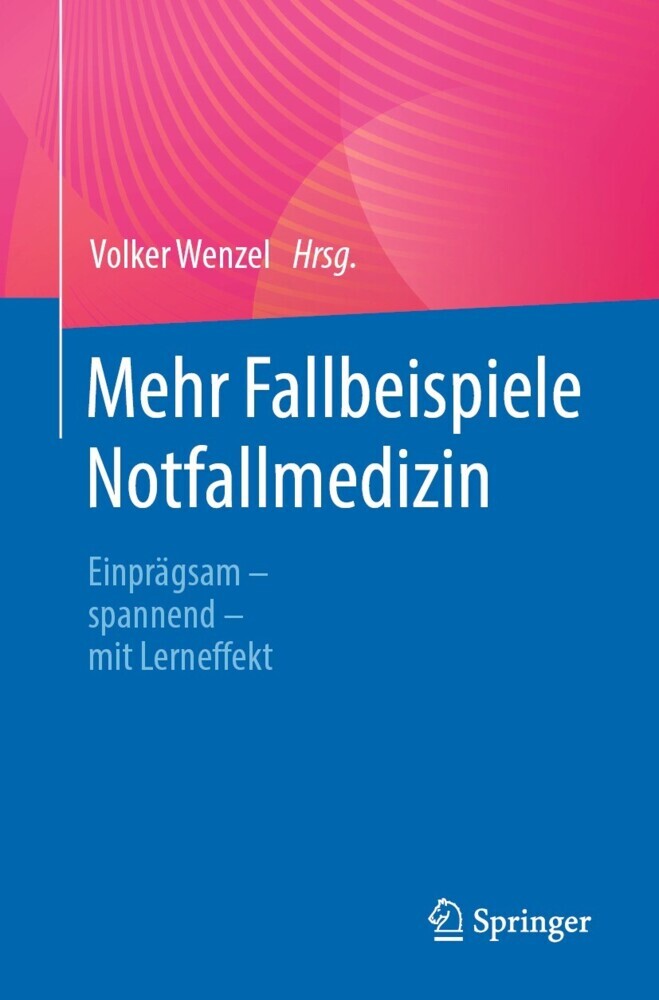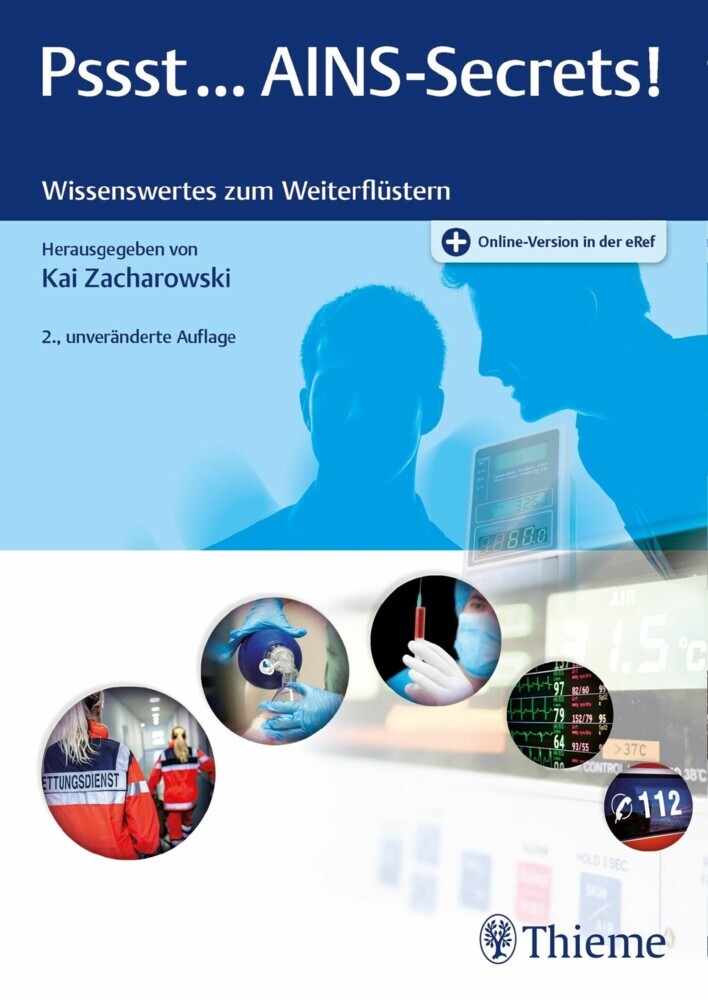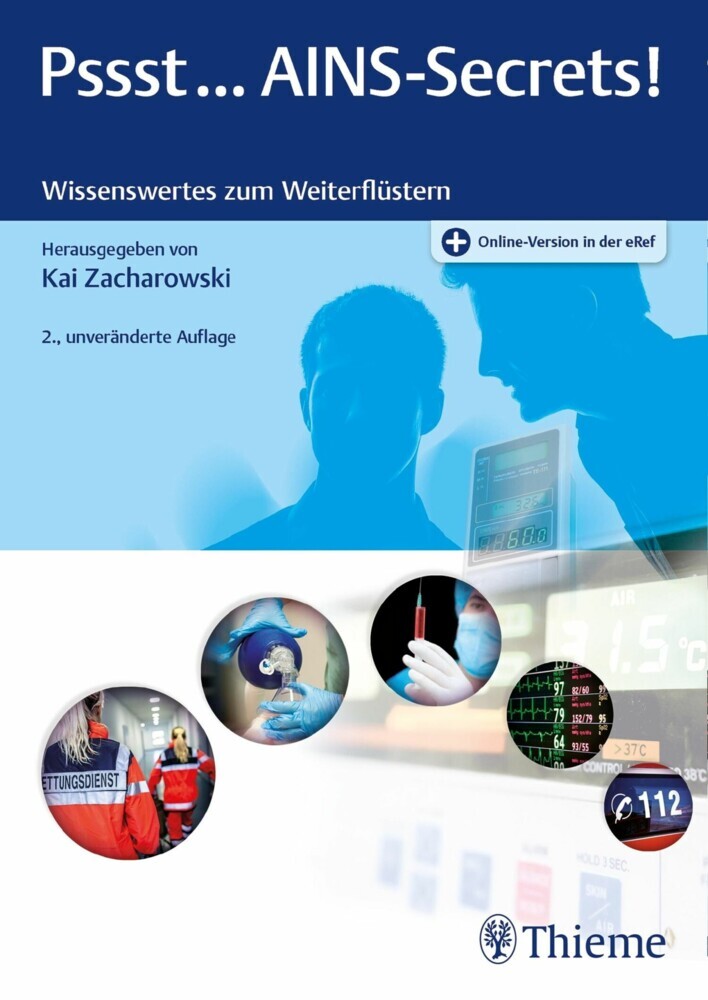Pediatric and Neonatal Mechanical Ventilation
From Basics to Clinical Practice
Written by outstanding authorities from all over the world, this comprehensive new textbook on pediatric and neonatal ventilation puts the focus on the effective delivery of respiratory support to children, infants and newborns. In the early chapters, developmental issues concerning the respiratory system are considered, physiological and mechanical principles are introduced and airway management and conventional and alternative ventilation techniques are discussed. Thereafter, the rational use of mechanical ventilation in various pediatric and neonatal pathologies is explained, with the emphasis on a practical step-by-step approach. Respiratory monitoring and safety issues in ventilated patients are considered in detail, and many other topics of interest to the bedside clinician are covered, including the ethics of withdrawal of respiratory support and educational issues. Throughout, the text is complemented by numerous illustrations and key information is clearly summarized in tables and lists.
1;Contents;6 2;Part I: Basics of Respiratory Physiology and Mechanics in the Neonate and the Growing Child;12 2.1;1: Development of the Respiratory System (Including the Preterm Infant);13 2.1.1;1.1 Prenatal Development;13 2.1.1.1;1.1.1 Embryonic and Fetal Development of the Airways;13 2.1.1.2;1.1.2 Branching Morphogenesis;14 2.1.1.3;1.1.3 Differentiation of the Conducting Airway Epithelium;16 2.1.1.4;1.1.4 The Establishment of the Air-Blood Interface;17 2.1.1.5;1.1.5 Development of the Embryonic and Fetal Pulmonary Vascular System;18 2.1.1.5.1;1.1.5.1 The Extrapulmonary Vessels;18 2.1.1.5.2;1.1.5.2 The Intrapulmonary Vessels and Microcirculation;18 2.1.2;1.2 Postnatal Lung Development;20 2.1.2.1;1.2.1 Postnatal Lung Development: Alveolarization;20 2.1.2.2;1.2.2 The Formation of the Alveoli;21 2.1.2.3;1.2.3 The Regulation of Secondary Septation;22 2.1.2.3.1;1.2.3.1 ECM;23 2.1.2.3.2;1.2.3.2 Growth Factors;24 2.1.2.3.3;1.2.3.3 Transcription Factors;25 2.1.2.3.4;1.2.3.4 Retinoic Acid and Glucocorticoids;25 2.1.2.4;1.2.4 The Pulmonary Vascular System in Alveolar Development;26 2.1.2.5;1.2.5 Regulation of Postnatal Vascular Growth;28 2.1.3;References;29 2.2;2: The Neonatal Neuromechanical Unit: Generalities of Operation;36 2.2.1;2.1 Generalities;36 2.2.2;2.2 Neural Output;37 2.2.3;2.3 Translation of Muscle Contraction into Pulmonary Ventilation;38 2.2.3.1;2.3.1 Step 1. Force Generation;38 2.2.3.2;2.3.2 Step 2. Pressure Generation;39 2.2.3.3;2.3.3 Step 3. Lung and Chest Wall Mechanics;40 2.2.4;2.4 Mechanical Constraints and Breathing Pattern;41 2.2.4.1;2.4.1 Chest Wall Distortion;41 2.2.4.2;2.4.2 Low Resting Volume: Problems and Solutions;42 2.2.5;2.5 Feedback Regulation;43 2.2.5.1;2.5.1 Vagal Feedback;44 2.2.5.2;2.5.2 Extrapulmonary Ventilatory Reflexes;45 2.2.5.3;2.5.3 Chemical Feedback;45 2.2.5.3.1;2.5.3.1 Hypoxia;46 2.2.5.3.2;2.5.3.2 Hypercapnia;47 2.2.6; Conclusions;47 2.2.7;References;48 2.3;3: Basics of Gas Exchange;52 2.3.1;3.1 Pulmonary Gas Exchange;52 2.3.2;3.2 Alveolar Ventilation and Alveolar PO2;52 2.3.3;3.3 Intrapulmonary Shunt;54 2.3.4;3.4 Dead Space;56 2.3.5;3.5 Blood-Gas Equilibrium;56 2.3.6;3.6 Tissue Oxygenation;58 2.3.7;3.7 Metabolic Rate;59 2.3.8;3.8 Interpretation of Arterial and Venous Blood Gases;60 2.3.9;References;62 2.4;4: The Respiratory System;64 2.4.1;4.1 Physiology of the Upper Airway and Control in Breathing;64 2.4.1.1;4.1.1 Introduction: Breathing and the Upper Airway;65 2.4.1.2;4.1.2 Nasal Functions in Breathing;65 2.4.1.2.1;4.1.2.1 Air Conditioning and Vascularity;65 2.4.1.2.2;4.1.2.2 Nasal Reflexes and Protection;65 2.4.1.2.3;4.1.2.3 Nasal Patency and Resistance;65 2.4.1.3;4.1.3 Oral Cavity and Pharyngeal Functions in Breathing;67 2.4.1.3.1;4.1.3.1 Oral Cavity and Pharyngeal Patencies and Obstructive Apnea;67 2.4.1.3.2;4.1.3.2 Sucking, Nutritive Swallowing, and Breathing;68 2.4.1.3.3;4.1.3.3 Nonnutritive Swallowing, Aspiration, and Swallow Breaths;69 2.4.1.4;4.1.4 Laryngeal Functions in Breathing and Control in Breathing;69 2.4.1.4.1;4.1.4.1 Laryngeal Opening and Closure in Airway Protection and Breathing;70 2.4.1.4.1.1;4.1.4.1.1 Laryngeal Closure and Airway Protection;70 2.4.1.4.1.2;4.1.4.1.2 Eupnea: Glottic Aperture Size and Flow/Volume Control;70 2.4.1.4.1.3;4.1.4.1.3 Integrative Central Control and Effects;70 2.4.1.4.2;4.1.4.2 Laryngeal Intrinsic Muscles and Control in Breathing;71 2.4.1.4.2.1;4.1.4.2.1 Laryngeal Intrinsic Muscles in Eupnea and Grunting;71 2.4.1.4.3;4.1.4.3 Laryngeal and Pump Muscle Breathing Patterns in the Fetus and Newborn;73 2.4.1.5;4.1.5 Control of Coordinated Laryngeal and Pump Muscle Activities;73 2.4.1.5.1;4.1.5.1 Laryngeal Protective, Lower Airway and Chest Wall Afferents;73 2.4.1.5.2;4.1.5.2 Central and Chemical Control;75 2.4.1.6; Conclusion;76 2.4.2;4.2 Mechanics of the Lung, Airways, and the Chest Wall;77 2.4.2.1;4.2.1 Background;77 2.4.2.1.1;4.2.1.1 Passive Tests of Respiratory Mechanics;77 2.4.2.1.2;4.2.1.2 Dynamic Tests of Respiratory Mechanics;78 2.4.2.2;4.2.2
Rimensberger, Peter C.
| ISBN | 9783642012198 |
|---|---|
| Artikelnummer | 9783642012198 |
| Medientyp | E-Book - PDF |
| Auflage | 2. Aufl. |
| Copyrightjahr | 2014 |
| Verlag | Springer-Verlag |
| Umfang | 1584 Seiten |
| Sprache | Englisch |
| Kopierschutz | Digitales Wasserzeichen |

